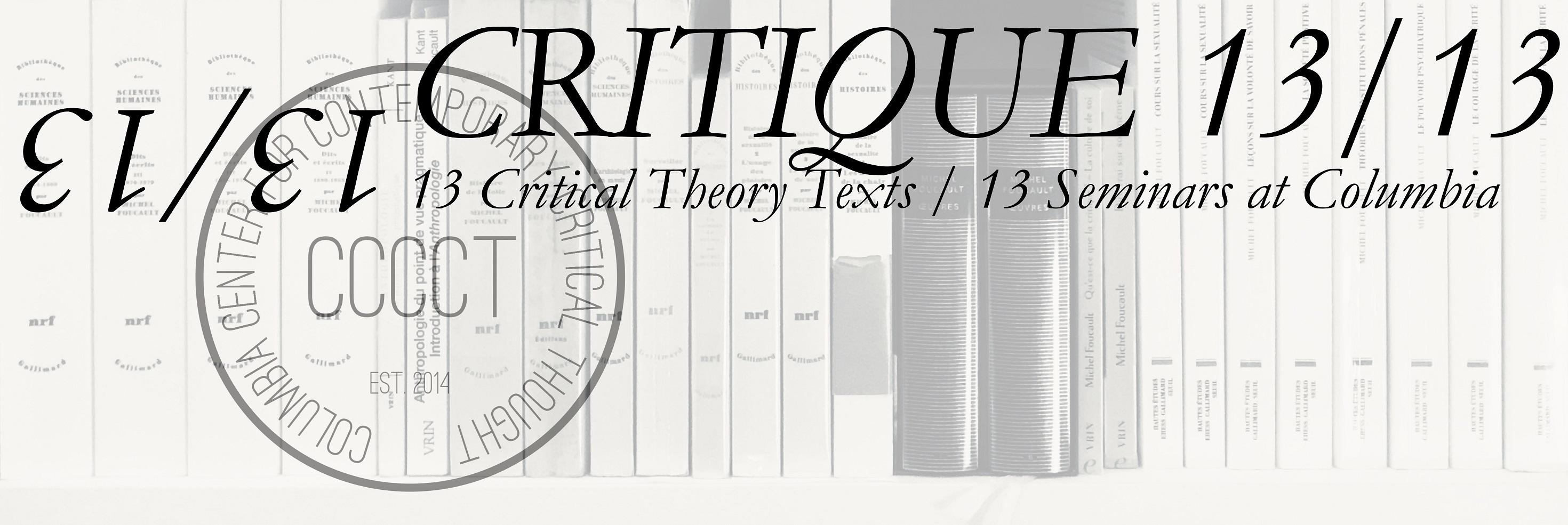Professors Axel Honneth and Bernard E. Harcourt
read and discuss
“Traditional and Critical Theory” by Max Horkheimer
and “The Actuality of Philosophy” by Theodor Adorno
at Maison Française, Columbia University
September 25, 2019
~~~
At Critique 2/13, we turn to two texts: first, Horkheimer’s 1937 article “Traditional and Critical Theory,” which set forth the blueprint of Horkheimer’s vision of the research project and method of the Institute for Social Research at the University of Frankfurt; and second, Adorno’s own blueprint, six years earlier in 1931, of his vision of philosophical research and method, in his lecture “The Actuality of Philosophy” delivered as the inaugural lecture on the occasion of his entry into the philosophy department at the University of Frankfurt.
We paired these two very different texts because of the subsequent history of Horkheimer and Adorno’s close intellectual collaboration, in order to explore the tensions, hopefully fruitful, in their diverging points of departure.
We are joined by Professor Axel Honneth, the Jack C. Weinstein Professor of the Humanities in the Department of Philosophy at Columbia University, the C4-Professor of Social Philosophy and the former director of the Institute for Social Research at the Goethe-Universität Frankfurt am Main.
At our last seminar, Honneth proposed four different methods of reading—but favored one, which he called the dialogical. By contrast to philological, ideological, or instrumental readings, Honneth leaned toward being in dialogue with a text: to reject what you cannot understand from the text, engage what you can, and be in conversation with your own ideas and work.
It is this method that will guide Honneth’s reading of these texts today. For Axel Honneth has been in dialogue with the writings of Horkheimer and Adorno—especially Horkheimer, more so than Adorno—for all of his intellectual life.
Enough on method for now though—or at least, on our reading method in this seminar Critique 13/13—let’s turn now, or rather let’s return now to these two formative critical texts from the 1930s to see what work they can do for us, today.
Welcome to Critique 2/13!
